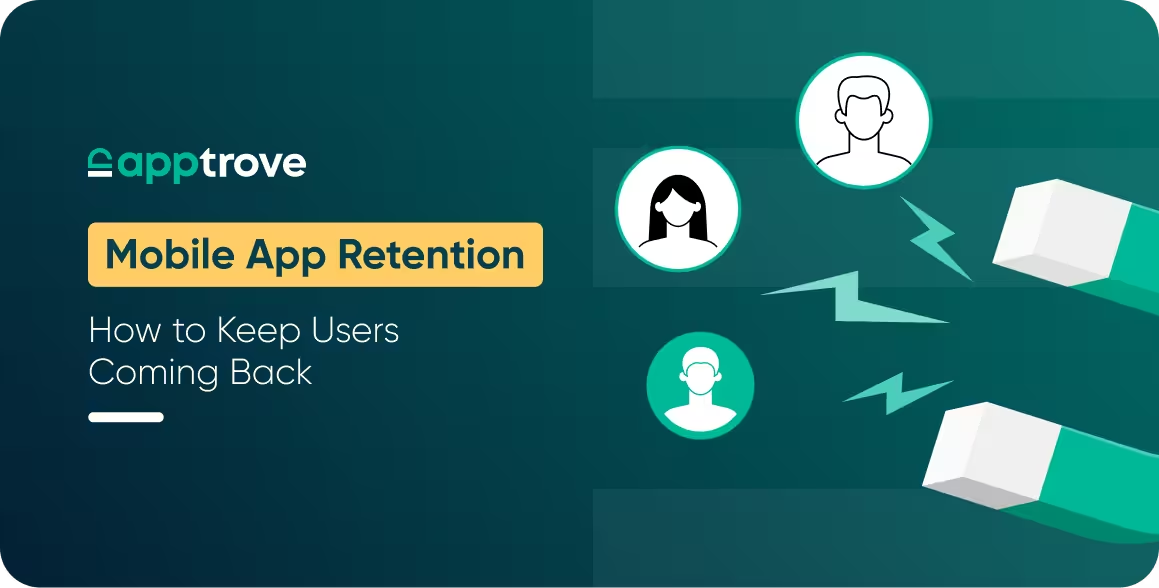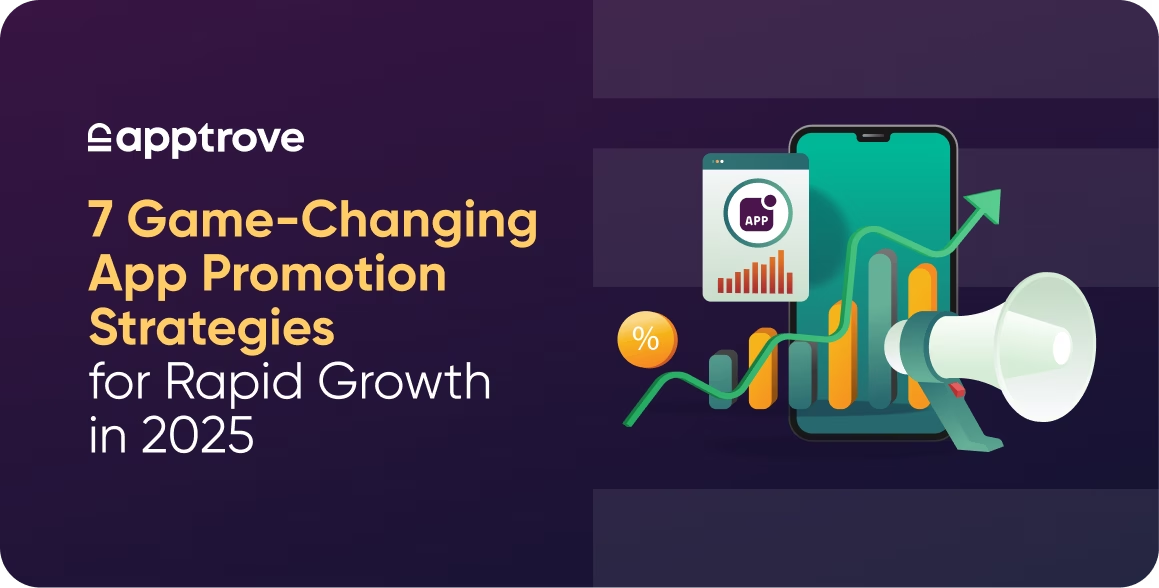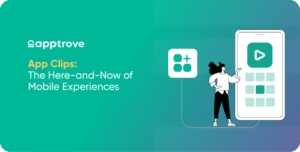Imagine this, you have spent months developing your mobile application, you have successfully released it with a big bang, you have made thousands of downloads… then nothing. The hype dies off, the usage declines and before you know, your app is lying idle in the phones of several users. It is not so much coming up with install numbers, but keeping those users. It is there that mobile app retention comes in to play.
And this is where it becomes interesting, as the industry statistics show that in the first 30 days, more than 49% of users cease using the app. That is, almost 50% of your value users are gone before they can even realize you are full of greatness. In the case of mobile-first brands, it is not just a product problem, but a growth problem.
This guide will dissect the true meaning of mobile app retention, why it is important, important benchmarks, and the most viable measures that you can apply at the current moment and attempt to retain users. As a tool designed to gain the insight of user behaviour and performance improvement of apps, Apptrove is instrumental in ensuring that your mobile app retention strategy is based on the right data and effective insights.
What Is Mobile App Retention and Why Does It Matter
At its essence, mobile app retention indicates how many users continue to engage with your app after they use it for the first time. More specifically, retention is defined as the percentage of users who continue returning to your app within a specific time period (like Day 1, Day 7, Day 30).
Why is this important? Because downloads can get you in the door, however, retention measures the long term value. In the words of the team over at Adjust: “Retention is one of the most important metrics for app marketers…”.
When users drop off quickly you are utilizing acquisition dollars for only short-term effect, missing the lifetime value (LTV), loyal engagement and possible monetization.
Stat to illustrate the point: average for platforms across verticals is about a drop from retention of around 26 % on Day 1, to around 7 % by Day 30.
In other words, unless you take action you will lose almost ¾ of your user base in the first month.
Benchmarks You Should Know
Before you fix anything, you need to know the baseline. What counts as “good” mobile app retention? Here are some reference benchmarks:
- Day-1 retention across many apps hovers around ~25 % (iOS + Android combined).
- Day 30 retention drops dramatically—studies show ~5-7% on average.
- Different industries show wildly varying mobile app retention. For example, On Day 30, news apps ~11.3 %, shopping ~5%, and gaming only ~2.4% globally.
What this means for you: If your app is at or above these benchmarks, you’re doing okay—but aim higher. If you’re well below, then prioritise retention immediately.
The High Cost of Churn (and Why Retention Pays Off)
Securing a user is costly, and quickly losing that user negatively impacts ROI. An article a couple of months ago mentioned that customer acquisition costs (CAC) have shot up substantially, by 60% in recent years.
Retention does the opposite: retained users take action and deliver incremental value, provide repeat engagement, and help drive long-term revenue. In short, retained users are generally more effective than acquired users in driving positive revenue.
Also, good mobile app retention can provide weekly incremental value to metrics such as average session length, user lifetime value, and, even, your app store ranking (as high engagement is rewarded).
7 Proven Strategies to Boost Mobile App Retention
Let’s move into tactical territory. Here are seven actionable strategies to strengthen your mobile app retention:

1. Craft an Intuitive & Seamless Onboarding
The first session matters. Unless the user realizes your value at the outset he will bounce. An effective onboarding flow has the ability to justify the benefits, tutorial through the initial major steps, and frictional value.
Tip: Limit steps, use progress indicators, offer a skip option, highlight the “why” not just the “what”.
2. Personalise the Experience
Users expect relevance. Personalisation: They feel the app is personalized to them because of personalised greeting by name, content suggestions, hinting, etc. A study conducted showed that 63 per cent of the users are ready to purchase when the apps are personalised.
Tip: Use segmentation, track actions, tailor notifications and the home-screen experience.
3. Use Push Notifications Wisely (Not Aggressively)
Users can be attracted by relevant and timely notifications. However, spam or irrelevant prompts drive away. As an illustration, one of the articles tells that 64% of users will leave an app when receiving over five irrelevant push notifications a week.
Tip: Ask for opt-in, send value-driven notifications, and avoid high frequency.
4. Continuously Refresh Content & Features
Stagnation is stifler killer. Add some new features, content or mini-challenges to make it fresh.
Tip: Use user behaviour data to prioritise new features that will drive deeper engagement.
5. Prioritise User Experience (UX) & Performance
Slow apps, confusing flows, or excessive ads kill mobile app retention. The users are kept occupied by a clean UX and high performance. It has been found that apps lose substantial user shares just because of bad useability.
Tip: Monitor crashes, reduce load times, simplify navigation, and ensure user flows are logical.
6. Leverage Rewards, Gamification & Social Engagement
Man likes success, family, and fame. Badges, streaks, social sharing, referral incentives, it all adds up to users coming back.
Tip: Align rewards with meaningful actions, not just trivial ones.
7. Analyse Cohorts, Track Drop-Offs & Act on Data
Retention isn’t random, it can be measured, understood, and improved. Use cohort analysis (users by installation date), identify where they drop off (day 1? day 7?) and dig into why.
Tip: Set up dashboards for Day 1, Day 7, Day 30 retention; track by acquisition channel, device, version.
How to Build a Roadmap for Retention
This is the simplified roadmap that you can take in your firm (say, in this case, at www.apptrove.com) to push retention of mobile apps:
- Indicate your most important rmobile app etention indicator (e.g. Day 7 active users return >X%).
- Compare with your category average (shopping, finance, gaming etc).
- Audit onboarding, UX, performance and notification strategy.
- Focus on 2-3 quick wins (e.g. simplify onboarding, personalise welcome message).
- Introduce cohort following–Day 1, Day 7, Day 30 retention.
- Run experiments A/B test onboarding changes, notification triggers and roll out feature.
- Measure outcome and refine what works – repeat each sprint.
- Converge long-term growth: more product, marketing, and analytics integration.
When you start thinking that this is not the way to accomplish installs? to “how do we retain users? your whole business model would start sloping towards sustainable value.
Common Pitfalls to Avoid
- Focusing only on downloads: Without engagement, installs are just vanity.
- Ignoring onboarding friction: A clunky first experience = high churn.
- Spraying notifications blindly: Relevance > frequency.
- Neglecting performance or crashes: Bugs kill trust quickly.
- Failing to iterate: Retention isn’t “set and forget”.
- Treating retention in isolation: It must integrate with acquisition, product and monetisation.
Why This Matters for Apptrove’s Clients
You make mobile-first businesses at Apptrove smarter. With mobile app retention’s best practices being part of your service offering, you are adding value before the term “launch and leave” you are the partner that makes sure customers stay, work, and convert. Even in the context of a world where the average Day 30 retention is measured in single digits, competitive differentiation through the ability to jump up the curve becomes competitive.
At a pitch to a client: Not only do we guarantee you 100,000 installs, but also at least 20% of those will still be active in 30 days. That turns the story and it has sound statistics and methods.
Conclusion
Within the mobile ecosystem, where users can access thousands of apps with a single touch, retention means being forgotten or being irreplaceable. Although benchmarks indicate that, many apps lose up to 5-7% of active users by Day 30, the combination of improved onboarding, customised journeys, data-driven nudges, and constant optimisation can enable you to outperform these benchmarks significantly.
And armed with the instruments to help marketers of apps and the product teams understand precisely when drop-offs occur, Apptrove enables them to create more intelligent mobile app retention plans that will keep the user active after the install.
Remember: attracting users is just the start. The real win is keeping them.
FAQs
Q1. What is a good mobile app retention rate?
A good retention rate depends on your app type and category, but as a rough benchmark: Day 1 retention around 25-30 %, Day 30 retention 5-10 % is typical. Anything significantly above those numbers is doing well.
Q2. How do you calculate mobile app retention rate?
A common formula:
Retention Rate = ((Number of users at end of period – New users added during that period) ÷ Number of users at start of period) × 100 %
You should decide on specific time frames (Day 1, Day 7, Day 30) and what “active use” means in your context.
Q3. Why do so many users abandon apps early?
Several reasons: cluttered UX, confusing onboarding, performance lags, irrelevant notifications, and lack of perceived value. These factors make users jump to alternatives quickly.
Q4. What role do push notifications play in retention?
Push notifications can be powerful if they’re timely, relevant, and personalised, they bring users back. But if overused or irrelevant, they can push users away or lead to the app being uninstalled. Careful strategy is key.
Q5. How soon should I start focusing on mobile app retention after launch?
From Day 1. Retention starts with the first session. Onboarding, first-time experience and follow-up engagement matter immediately. The earlier you build mobile app retention into your product strategy, the better your long-term outcomes.






